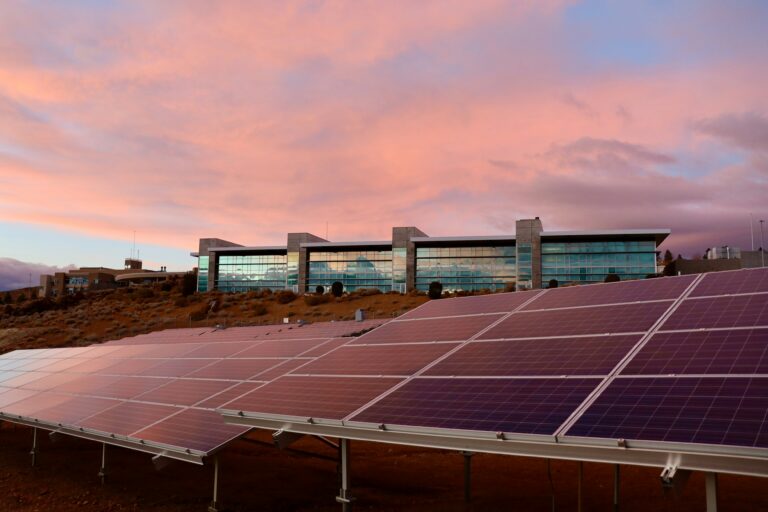Building Energy Modeling (BEM) – Exploring Potential Efficiency in Building Life Cycle
Imagine if you could predict exactly how much energy a building would use before even breaking ground. Sounds like magic, right? Well, it’s not magic—it’s Building Energy Modeling (BEM). BEM is a game-changer in the world of green building design, energy efficiency, and sustainability. It helps architects, engineers, and building owners make smart decisions by simulating how a building will perform under different conditions. But here’s the catch: many people still underestimate the power of energy modeling, leaving them stuck with inefficient designs, high energy costs, and sustainability headaches. Let’s dive into why BEM matters, the challenges we face today, and how we can use it to create smarter, more sustainable buildings.
We live in a world where energy consumption is skyrocketing. Buildings alone account for nearly 40% of global energy use and 30% of greenhouse gas emissions. With climate change knocking at our door, energy efficiency is no longer just a “nice-to-have” feature—it’s a must. Governments and organizations worldwide are pushing for stricter building energy codes and sustainability goals. But here’s the problem: designing an energy-efficient building isn’t easy. There are too many variables—weather, materials, occupancy, HVAC systems, lighting, insulation, and more. That’s where BEM steps in. It allows professionals to predict, analyze, and optimize energy use before construction even begins. But despite its benefits, many in the industry don’t fully embrace energy modeling.
With all the advantages of BEM, you’d think every architect and engineer would be using it, right? Unfortunately, that’s not the case. Here’s why:
1. Lack of Awareness
Many building owners, developers, and even some professionals don’t fully understand what BEM is and how it can help them. Without awareness, they continue to design buildings the old-fashioned way—resulting in wasted energy and high operating costs.
2. Perceived Complexity
Some think BEM is too technical or requires expensive software and high expertise. While it does require some skill, modern BEM tools are becoming more user-friendly, making it easier for teams to integrate energy modeling into their design process.
3. Budget Concerns
A common myth is that energy modeling is too expensive. In reality, the cost of energy modeling is tiny compared to the potential savings in energy bills and maintenance over the building’s lifespan.
4. Resistance to Change
Let’s face it—some professionals are just set in their ways. Traditional design methods may feel more comfortable, but sticking to outdated practices can lead to inefficient and unsustainable buildings.
How BEM Can Solve Energy Problems & Unlock Efficiency
So, how exactly does Building Energy Modeling improve efficiency and sustainability? Let’s break it down:
1. Optimizing Energy Performance Before Construction
With BEM, you can simulate various scenarios to determine the best possible design for energy efficiency. Want to see how different HVAC systems perform? No problem. Curious about how much energy you’ll save by upgrading insulation? BEM has the answers.
2. Saving Money on Energy Bills
By identifying energy waste before construction, building owners can avoid unnecessary costs and reduce their energy bills in the long run.
3. Improving Indoor Comfort & Air Quality
Energy modeling doesn’t just focus on saving energy—it also ensures that the indoor environment is comfortable. Properly designed buildings using BEM can maintain better temperature control, ventilation, and air quality.
4. Supporting Green Certifications (GREENSHIP, LEED, etc.)
If you’re aiming for green building certifications like GREENSHIP, LEED, GREENMARK, then BEM is essential. Many certification programs require energy modeling to demonstrate compliance with sustainability standards.
5. Future-Proofing Buildings
With stricter energy regulations on the horizon, BEM helps future-proof buildings by ensuring they meet both current and upcoming energy codes.
Let’s Make Energy Modeling the Norm, Not the Exception
We’ve seen how powerful Building Energy Modeling (BEM) can be, yet many projects still ignore it. Why? Because old habits die hard.
But if we want smarter, greener, and more efficient buildings, we need to embrace BEM as a standard practice. Architects, MEP engineers, building owners, and students—everyone has a role to play in making energy modeling more widespread.
Here’s how you can start:
- Architects: Incorporate BEM early in the design phase to avoid costly design changes later.
- MEP Engineers: Use BEM to optimize HVAC, lighting, and other energy systems for peak efficiency.
- Building Owners: Demand energy modeling in your projects to maximize cost savings and sustainability.
- Academia & Students: Learn BEM tools and advocate for their use in real-world projects.
At Earthouse, we specialize in Building Energy Modeling to help clients design sustainable, high-performance buildings. Our team of experts works with architects, engineers, and building owners to optimize energy efficiency, reduce costs, and achieve green certifications.
👉 Want to explore how BEM can benefit your next project? Contact us today!
Don’t let your building waste energy—let’s model, optimize, and build smarter together!




